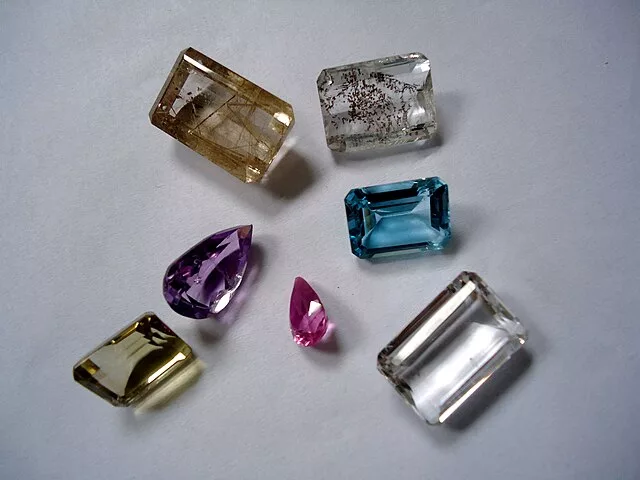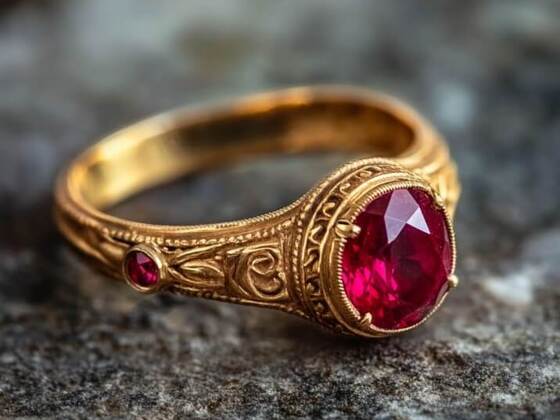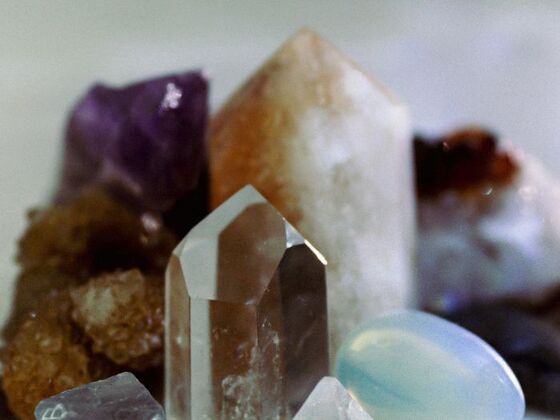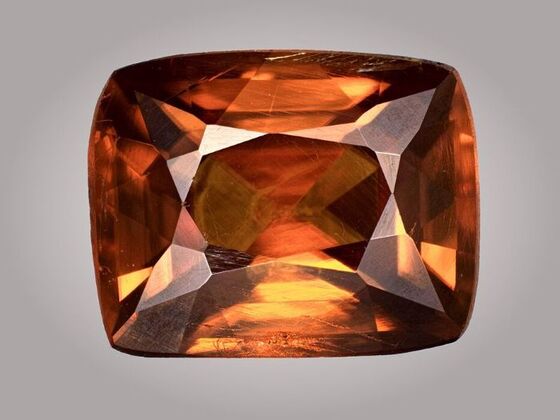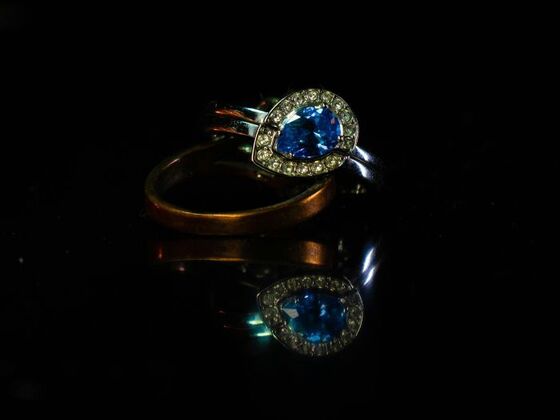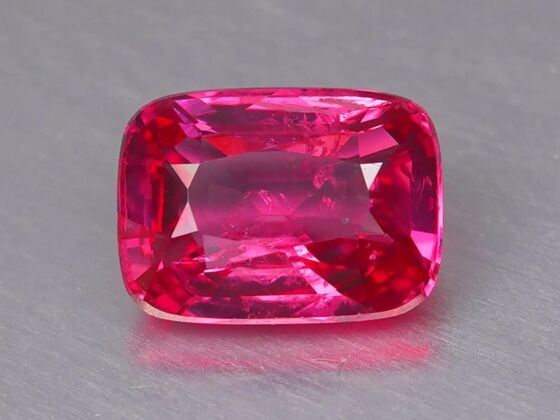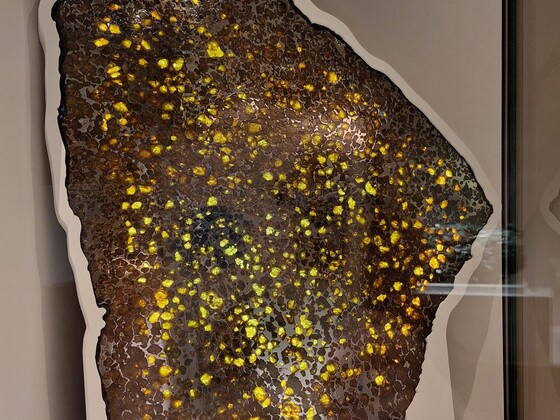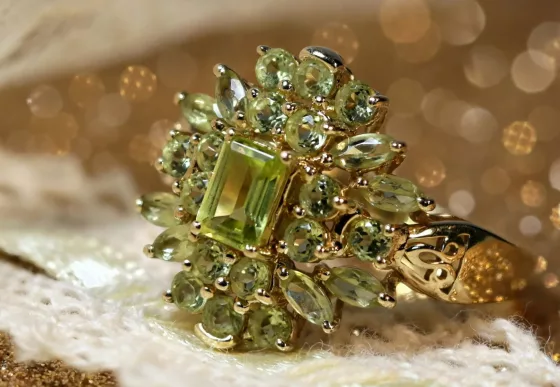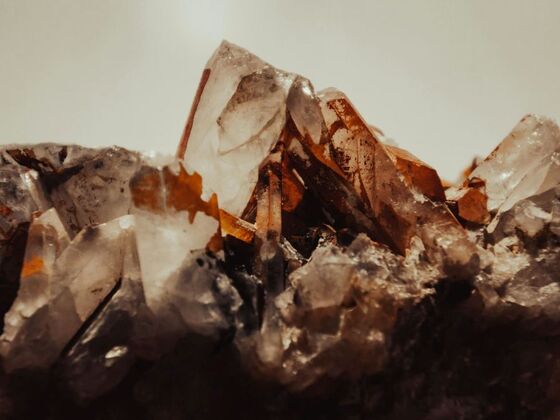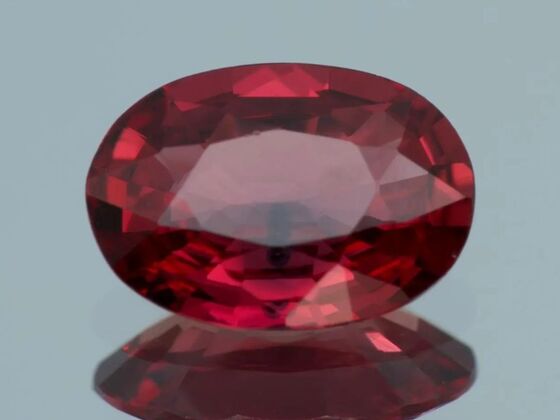Introduction to Semi-Precious Gemstones
Semi-precious gemstones dazzle with their vibrant colours, unique patterns, and affordability. These stones have captured the imagination of jewellery lovers and collectors for centuries. Today, semi-precious gemstones remain popular for their versatility and beauty, making them a favourite choice for both casual and formal jewellery designs.
Semi-Precious vs. Precious Gemstones: What’s the Difference?
Many people wonder what sets semi-precious gemstones apart from precious ones. While precious gemstones, such as diamonds, rubies, sapphires, and emeralds, are valued for their rarity and high market value, semi-precious gemstones are more abundant and accessible. Despite their name, semi-precious stones often rival precious gems in beauty and charm. For example, amethyst and citrine offer stunning hues at a fraction of the cost.
Popular Types of Semi-Precious Gemstones
The world of semi-precious gemstones is rich with color, meaning, and history. Whether you’re drawn to the mystical allure of purple gemstones, the nurturing glow of moonstone, or the bold statements of garnet and turquoise, there’s a semi-precious stone to match every style and occasion. Let’s explore some of the most sought-after semi-precious gemstones and what makes each one special.
Amethyst: The Tranquil Purple Gem
Amethyst is celebrated for its deep purple hues, ranging from soft lavender to royal violet. This stone is a favourite in rings and pendants, not only for its beauty but also for its association with tranquillity, clarity, and spiritual growth. Amethyst is relatively durable, making it suitable for everyday jewellery, and its calming energy has made it a staple in both modern and Art Nouveau-inspired designs.
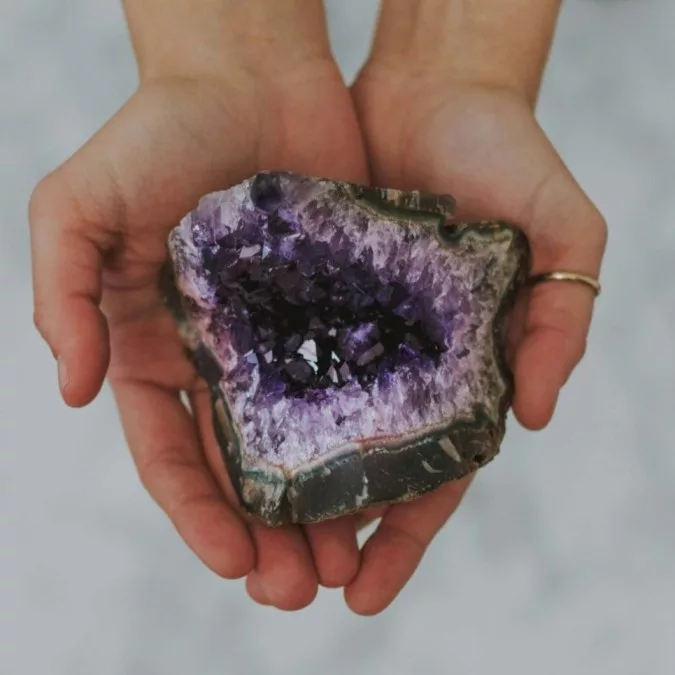
Citrine: The Stone of Sunshine
Citrine radiates warmth with its sunny yellow-to-orange tones. Known as the “merchant’s stone,” citrine is believed to attract prosperity and positivity. Its cheerful colour and affordability make it a popular choice for statement pieces and custom jewellery.
Garnet: Bold and Versatile
Garnet comes in a striking spectrum, from rich reds to vibrant greens. This stone adds a bold touch to necklaces and earrings and is prized for its durability. Garnet’s deep colour and historical significance, dating back to ancient Egypt and Rome, make it a timeless choice for both contemporary and vintage-inspired jewellery.
Peridot: The Refreshing Green Birthstone
Peridot dazzles with its refreshing lime-green hue. As the birthstone for August, peridot is associated with renewal and vitality. Its bright colour and clarity make it a standout in rings and pendants, especially for those seeking a touch of nature in their jewellery.
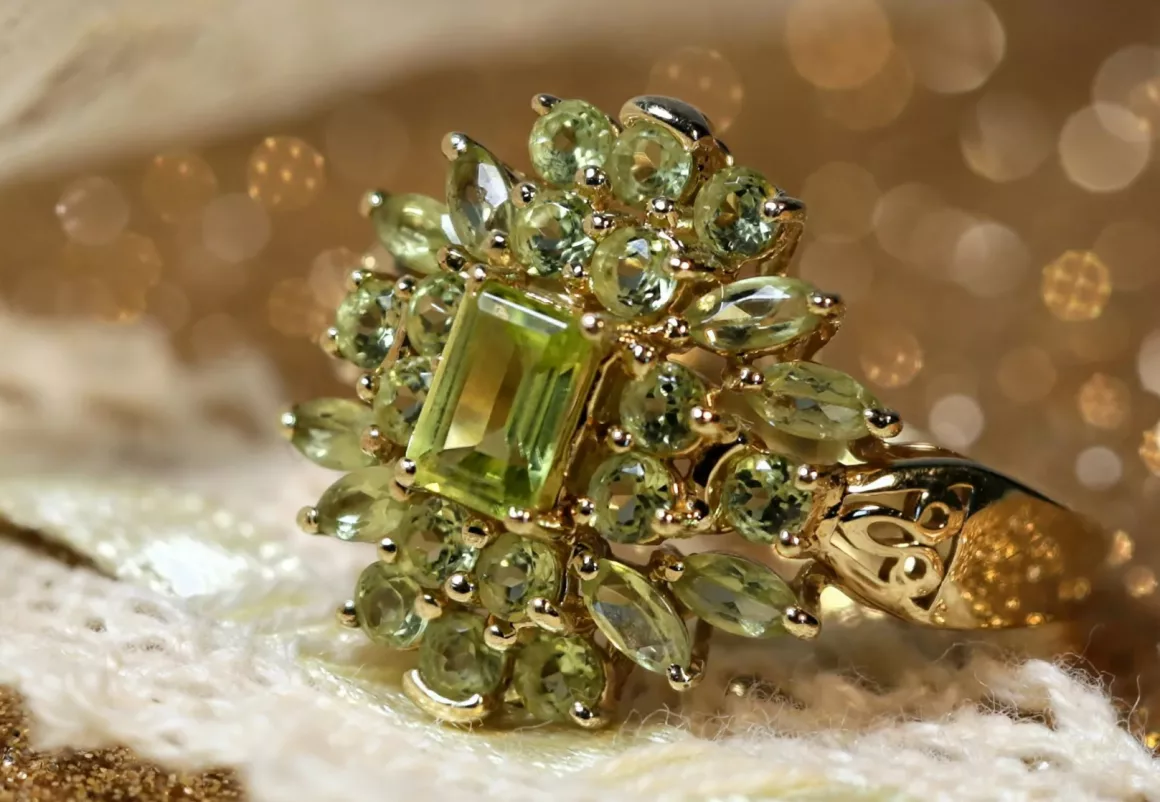
Aquamarine: The Stone of Calm Waters
Aquamarine’s serene blue evokes the tranquillity of the ocean. This stone is perfect for creating statement necklaces and delicate earrings. Aquamarine is also known for its soothing properties, making it a favourite for those who value emotional balance and clarity.
Topaz: A Spectrum of Possibilities
Topaz is available in a rainbow of colours, from classic blue and pink to vibrant orange and yellow. Its versatility and affordability make topaz a top choice for custom jewellery designs, allowing for endless creativity and personalisation.
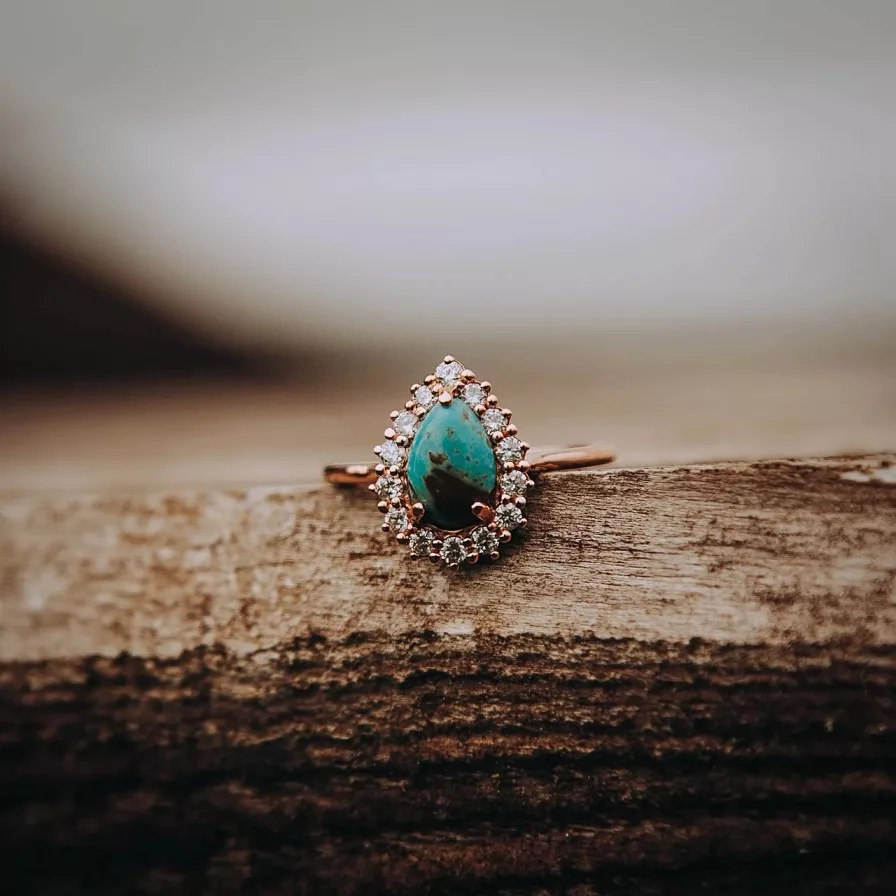
Turquoise: The Iconic Blue-Green Gem
Designers prize turquoise for its unique blue-green colour and distinctive veining. Bohemian and southwestern styles frequently feature turquoise jewellery with bold, organic shapes, and people value it for its earthy, grounding energy.
Moonstone: Mystical and Nurturing
Moonstone captivates with its soft, shifting glow and forms a deep connection to feminine energy, emotional healing, and psychic awareness. People revere moonstone in Roman, Greek, and Hindu traditions, using it often in lunar rituals and ceremonies to symbolise harmony and emotional connection in relationships. Designers and jewellers, especially René Lalique in his Art Nouveau creations, favour moonstone for its ethereal beauty, which complements flowing, nature-inspired jewellery designs.
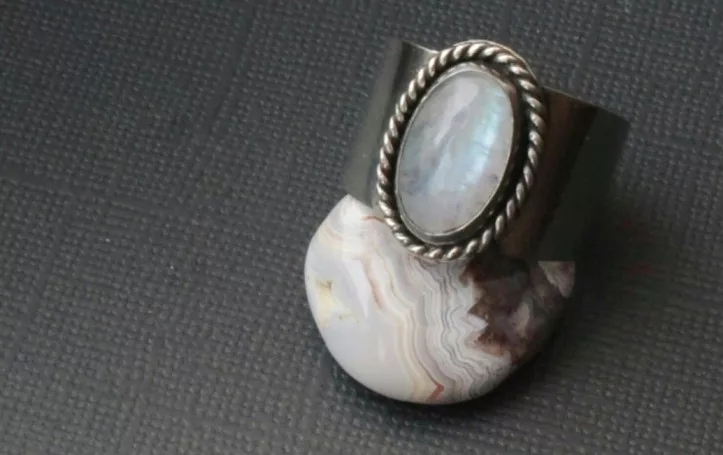
Tanzanite and Kunzite: The Purple Gems
Tanzanite and kunzite add to the allure of purple gemstones, each with its own unique charm. Kunzite, with its delicate pinkish-purple tones, is valued for its gentle energy and connection to the heart chakra. Tanzanite, known for its vivid blue-violet hues, is treasured for its rarity and striking colour. Both stones require careful handling due to their softer nature, but their beauty makes them highly desirable for special occasion jewellery.
Each of these semi-precious gemstones brings its own history, meaning, and unique properties to the world of jewellery. Whether the calming presence of amethyst inspires you, the mystical glow of moonstone, or the bold statement of garnet, semi-precious stones offer endless possibilities for self-expression and style.
How to Choose the Right Semi-Precious Gemstone
Selecting the best semi-precious gemstone for your needs depends on several factors. First, consider colour; choose a shade that complements your style or matches the occasion. Next, consider hardness; some stones, such as amethyst and citrine, are more durable than others. Meaning also matters; many people select semi-precious stones for their symbolic value or as birthstones. Finally, price is a key consideration, as semi-precious gemstones often offer excellent value.
If you’re searching for the best semi-precious gemstone for rings, pendants, or custom jewellery, look for stones that balance beauty, durability, and affordability.
Caring for Semi-Precious Gemstones
Keeping your semi-precious gemstones sparkling is simple when you follow a few expert care guidelines. Whether you own a stunning amethyst ring, a moonstone pendant, or a custom piece featuring tanzanite or kunzite, proper maintenance preserves both the brilliance and durability of these cherished stones.
Clean Gently for a Radiant Shine
Regular cleaning keeps semi-precious gemstones looking their best. Use a soft microfiber cloth and a solution of mild soapy water to gently wipe away dust, oils, and everyday grime. Avoid abrasive materials or harsh scrubbing, especially with stones like moonstone or kunzite, which have a softer surface and can be scratched more easily. For extra stubborn dirt, allow the jewellery to soak briefly in the soapy solution before wiping clean. Always rinse thoroughly with lukewarm water and dry with a lint-free cloth to prevent water spots or residue.
Store Carefully to Prevent Damage
Proper storage is just as crucial as gentle cleaning. Keep each piece of semi-precious gemstone jewellery separate, ideally in a soft pouch or a lined jewellery box, to prevent chips, scratches, or tangling. This is especially crucial for custom jewellery and statement rings, where stones may be more exposed. If you collect several pieces, consider compartmentalised storage to protect delicate settings and ensure each gemstone retains its unique lustre.
Avoid Harsh Chemicals and Extreme Conditions
Protect your semi-precious gemstones by removing jewellery before using household cleaning products, swimming, or applying cosmetics. Chlorine, ammonia, and other chemicals can dull the surface or damage certain stones, particularly porous varieties like turquoise or some moonstones. Extreme temperatures and sudden changes in humidity can also affect gemstone integrity, so avoid wearing your jewellery in saunas or steam rooms.
Special Care for Purple Gemstones and Moonstones
Purple gemstones such as amethyst, tanzanite, and kunzite each have unique care needs. Amethyst is relatively durable but can fade with prolonged exposure to direct sunlight, so store it away from bright light. Tanzanite and kunzite are softer and more sensitive to knocks, so handle them with extra care. Moonstone, prized for its connection to feminine energy and emotional healing, benefits from gentle handling and regular cleansing in moonlight to maintain its mystical glow.
Make Care a Ritual for Meaningful Jewellery
Incorporating care rituals, such as cleansing moonstone under the full moon or setting intentions while cleaning your gemstones, can deepen your connection to your jewellery. This practice not only preserves the physical beauty of your semi-precious stones but also honours their spiritual and cultural significance.
By following these simple yet effective care tips, you ensure that your semi-precious gemstone jewellery remains as vibrant and meaningful as the day you acquired it, whether it’s a cherished ring, a custom pendant, or a unique piece inspired by Art Nouveau design.
Semi-Precious Gemstones in Jewellery Design
Designers love semi-precious gemstones for their versatility and unique beauty. From minimalist earrings to statement necklaces, these stones add a pop of colour and personality. Custom semi-precious gemstone jewellery allows for unique combinations and personalised styles. Whether you prefer classic or modern looks, semi-precious stones offer endless possibilities.
Trends in jewellery design often highlight the natural beauty of these stones, making them a favourite for both everyday wear and special occasions.
Conclusion
Semi-precious gemstones truly open a world of creative possibilities for jewellery lovers and designers alike. With their vivid colours, unique patterns, and accessible price points, these stones make it easy for anyone to own and wear eye-catching pieces, whether as a statement ring, a delicate necklace, or a one-of-a-kind custom jewellery creation. The affordability of semi-precious gemstones allows for experimentation with bold designs and personalised styles, making them especially appealing for those who value individuality and self-expression.
To deepen your appreciation for rubies and other gemstones, consider exploring two standout books: Precious by Helen Molesworth and The Natural History Museum Book of Gemstones by Robin Hansen.
Frequently Asked Questions (FAQ)
Many semi-precious gemstones, such as amethyst and garnet, are durable enough for everyday wear if cared for properly. Softer stones like moonstone and kunzite are better suited for occasional wear and special occasions.
Yes, purple gemstones such as amethyst and tanzanite each have unique care needs. Amethyst should be kept out of direct sunlight to prevent fading, while tanzanite is softer and should be handled with extra care to avoid chips and scratches.
Minor scratches can sometimes be polished out by a professional jeweller, but deep chips may require more extensive repair. For valuable or custom pieces, consult a trusted jeweller for advice and service.
No, it’s not recommended. Remove your jewellery before swimming, showering, or using cleaning products. Chlorine, salt water, and harsh soaps can damage both the gemstone and the metal.
While moonlight won’t physically clean your moonstone, many people believe that placing moonstone under the full moon helps recharge its energy and maintain its mystical glow. Gentle cleaning with mild soapy water is still necessary for physical maintenance.
Ready to Start Your Gemstone Journey?
Don’t wait to discover the world of gemstones! Explore these essential reads right away.
Fascinated by this article and want to deepen your gemstone expertise? Dive into our comprehensive Gemstone Encyclopedia. Here, you’ll discover detailed information about hundreds of precious and semi-precious stones, including their properties and values.
For those interested in the rich cultural significance and fascinating stories behind these treasures, our History section offers captivating insights into how gemstones have shaped civilisations. Or perhaps you’d like to learn more about birthstones?
And if you’re considering gemstones as more than just beautiful adornments, visit our Precious Metal Investing guide. Here you will learn how these natural wonders can become valuable additions to your investment portfolio.
